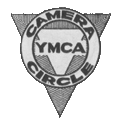
ESMA MAVIS BANNER
The following is from the MUSEUMS VICTORIA website
Born: 28th July 1910 - Petersham, New South Wales
Died: 2001
Photograph featuring members of the YMCA Camera Circle including President G.S. Gow. The Young Men's Christian Association (YMCA) Camera Circle was a photography group of which Esma Banner was a member which operated at a variety of locations including Sydney. The group encouraged and exhibited works by amateur photographers. At left is Esma's sister Marguerite Moloney and the child is Esma's niece Helen Fitzgerald (seven years old). The photograph was taken in the Blue Mountains in New South Wales, possibly at Blackheath or Katoomba.
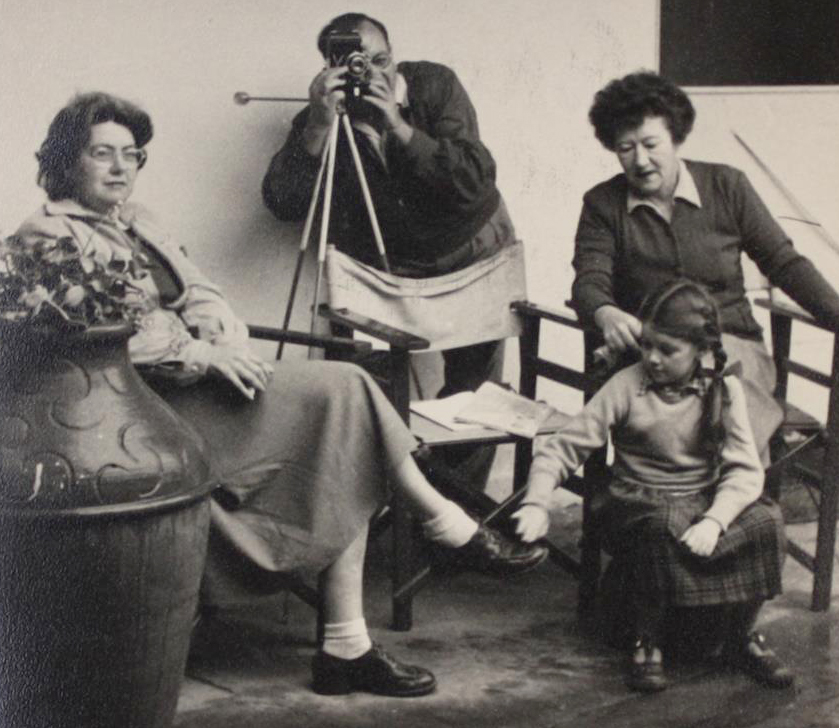
YMCA Camera Circle, Blue Mountains, New South Wales, circa 1955
left: Marguerite Moloney, G.S. Gow (President), Helen Fitzgerald (seven years old).
Esma Banner worked in displaced persons camps in the US Zone of Germany after World War II as an employment and welfare officer for the United Nations Relief and Rehabilitation Administration (UNRRA) and the International Refugee Organization (IRO), from 1945 to 1951. Esma was one of 39 Australians who went to Germany to assist with post-war repatriation and re-settlement of refugees displaced by the war. More than 1000 displaced persons camps were established by the Allied Forces. Initially created as temporary processing centers, the camps became longer term sites of accommodation, employment, education and recreation for refugees who could not, or did not want to, be repatriated to their countries of origin.
SIGNIFICANCE
The Esma Banner World War II UN Worker Collection is an extensive and diverse collection of objects, documents, photographs and archival material which explores the experiences of an Australian woman working for the United Nations assisting in the relief and rehabilitation of millions of displaced people in Europe after World War II. Esma Banner served with the United Nations Relief and Rehabilitation Administration (UNRRA) and later with the International Refugee Organization (IRO) at displaced persons' camps in Germany from 1946 to 1951. She was one of fewer than 40 Australians employed by UNRRA and IRO during this period.
This collection recounts the often untold story of immigration from the perspective of a migration worker and enables the documentation of many themes relating to post World War II migration including life in the displaced person camps, international refugee management, creativity and cultural maintenance, and the political complexities of post-war resettlement. Of particular note are the craft items created by refugees living in displaced persons' camps. This collection holds a variety of men's and women's work, thus providing a significant insight into life within the camps. These objects also serve as valuable examples of cultural practices and traditional skills.
This collection and accompanying documentation presents a unique perspective of the post-World War II relief effort. Esma's diaries and letters in particular offer her personal insights and observations and demonstrate how civilians contributed to the reconstruction effort in Europe. In addition, these items add to the emerging collections of material describing women's involvements during times of conflict, as well as the larger narratives that illustrate Australia's wartime experience. After World War II hundreds of thousands of homeless, stateless or displaced people lived in camps before resettling in Western countries including Australia. This collection retains ongoing cultural relevance to these large migrant communities across Victoria and Australia. With the population of post-war displaced persons' survivors aging, the collection contributes to preserve their stories and experiences as part of a greater Australian migration narrative.
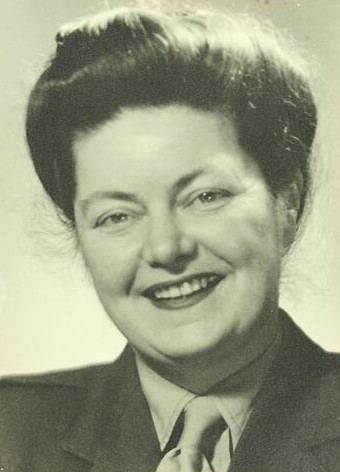
Photograph of Esme Banner - Displaced Persons Camp Craft, Germany circa 1945-51
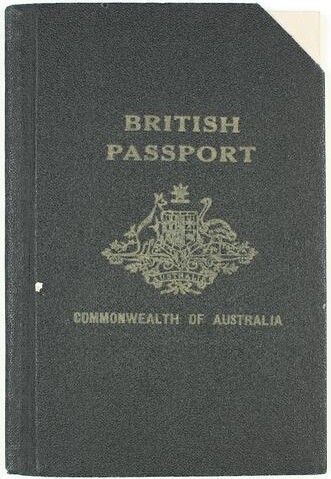
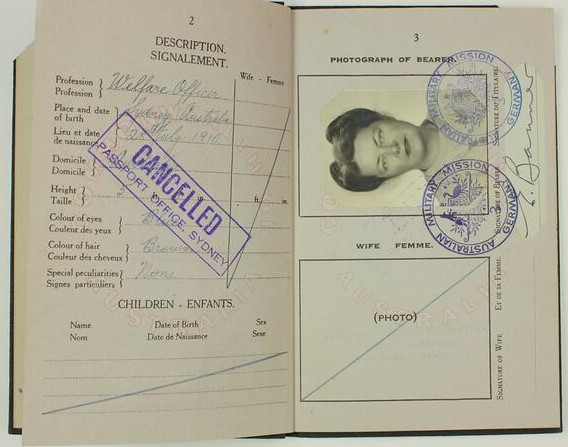
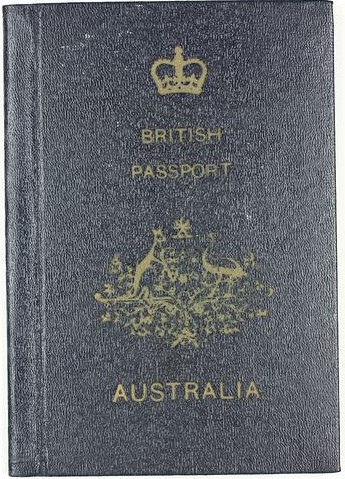
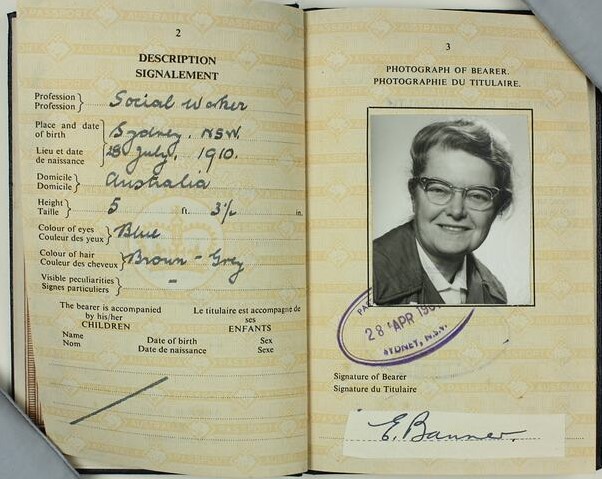
image 1: Passport - Issued to Esma Banner, by Commonwealth of Australia, 1950
image 2: Australian Passport - 1950 Esma Banner - Page 2 and 3
image 3: Australian Passport - 1961 Esma Banner
image 4: Australian Passport - 1961 Esma Banner - Page 2 and 3

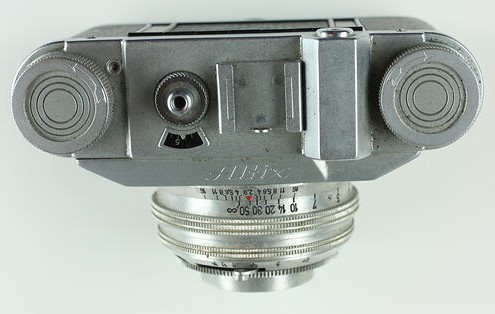
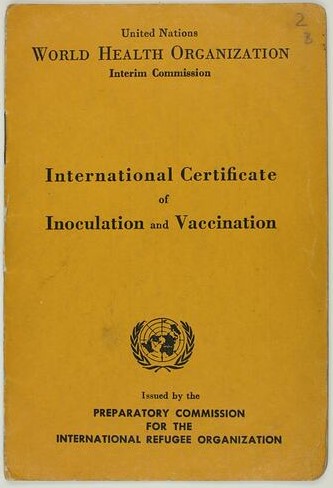
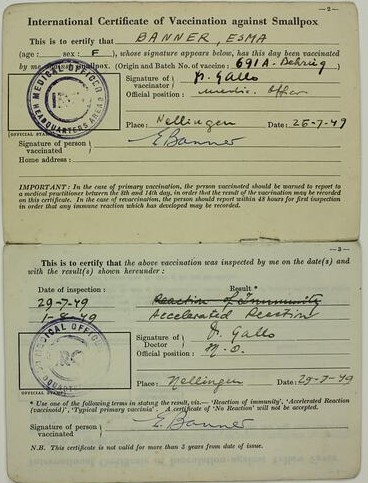
image 1: Case - Camera, 'Altissa', Leather, Esma Banner, circa 1960
image 2: Camera - 'Altissa', Leather, Esma Banner, circa 1960s
image 3 and 4: Vaccination Certificate - United Nations World Health Organization, Issued to Esma Banner, Germany, 1949
ESMA MAVIS BANNER
UN Post World War II Refugee Worker 1945-51
Esma Banner worked for the UN in displaced persons camps in Germany after World War II.
Esma Mavis Banner was born on 28th July 1910 in Petersham, New South Wales. She had an older sister Ivy and two younger sisters, Marguerite and Isabel. When she was 14 years old Esma left school to look after her ill mother. When her mother recovered, Esma attended Business College for six months in 1926 before going on to work as a typist and shorthand writer for thirteen years. After the death of her mother in 1940 Esma returned home to help her father in his haulage business and during World War II she became a National Emergency Services ambulance driver. In 1944, Ivy asked to take on Esma's work in the family haulage business. Esma then applied for an overseas posting with the United Nations Relief and Rehabilitation Administration (UNRRA). Within a week, she was contacted by UNRRA with the urgent request to start work immediately as a secretary and typist in the Sydney office. Esma began working as a secretary at UNRRA in Sydney in early 1945. She was soon transferred to UNRRA's Melbourne office before being selected to work as a Secretary in the US Zone of Germany, later writing 'within a month, after many injections and an A1 rating from the Army, I was off' (Banner, Personal Letters, 1945-51).
Esma was one of only 39 Australians who worked for UNRRA at displaced persons camps in Germany after World War II (Holborn, 1956). Esma left for Germany on 28th June 1945, traveling with two other UNRRA employees via Adelaide, Perth, Sri Lanka, Egypt, England and France. The plane journey was long as they were frequently required to give up their seats for more important passengers. After fifteen days traveling, Esma spent a month in England where she purchased her uniform and attended briefing and training sessions. Esma then met her colleagues in Paris where she witnessed the VJ Day celebrations before transferring to Germany (Banner, Personal Letters, 1945-51).
Esma arrived in Germany in September 1945. Her first posting was as a Secretary at the organization's office in Pasing, Munich. She held this position for one year before being promoted to the position of Administrative Assistant in the Health Division (Banner, Personal Documentation, 1945-51). UNRRA's Health Division was in part responsible for closely monitoring health and illness in the camps in an attempt to prevent, cure or contain possible epidemics (Reinisch, 2008). In these roles Esma was responsible for creating reports detailing the health of displaced persons, including information about disease, pregnancy, medical tests and hygiene. Esma continued in this role when UNRRA disbanded and the International Refugee Organization (IRO) took administrative responsibility of the camps in July 1947 (Banner, Personal Letters, 1945-51).
In October 1947, Esma moved to the IRO's Nelligen office where she took the position of Area 2 Employment Officer. As Employment Officer she organized the allocation and distribution of workers rations and control of IRO Employment budgets. She also helped oversee in-camp training initiatives designed to provide employment and a source of income for the displaced persons (Banner, Personal Letters, 1945-51). These programs enabled the displaced persons to gain a wider skill set in order to improve the likelihood of their resettlement in Allied countries, including Australia (Markus, 1984). In July 1950 Esma transferred to the position of Area 7 Welfare Officer in Traunstein. In this position she worked closely with the displaced persons, including those who could not be resettled overseas (Banner, Personal Letters, 1945-51).
Esma demonstrated a keen interest in the art and craft work produced by people in displaced persons camps. In 1949 Esma was on the selection board for an IRO Area 2 exhibition of arts and handicrafts that took place in Nelligen (Banner, Personal Letters, 1945-51). While working for the UN she acquired numerous artworks and craft objects, some of which she sent home as gifts with personalized inscriptions. During her time in Germany, Esma corresponded regularly by mail with her family back in New South Wales. In her letters she describes both her personal and professional experiences as a relief worker. A keen photographer, Esma also documented her experiences through the thousands of photographs and glass slides that she sent back to her family.
In 1950, her father and sister both became ill and Esma decided to leave Germany so she could help run the family business. She arrived in Sydney in March 1951 (Banner, Personal Letters, 1945-51). In recognition of her work at displaced persons camps Esma was awarded an IRO Service Medallion. She kept in contact with some of the Displaced Persons she met while working for UNRRA and the IRO, and her niece recalls some of them visiting Esma's home once they had resettled in Australia (Helen Fitzgerald, Personal Communication July 2012). After her father's death, Esma was able to undertake tertiary training and completed a Diploma of Social Work at the University of Sydney. She then worked for the Social Security Department for 18 years until she retired (Banner, Personal Letter, 1991). After her sister Ivy died, Esma moved in with her younger sister Marguerite until moving into an Aged Care Facility. She died in 2001 (Helen Fitzgerald, Personal Communication July 2012).
Esma Banner was a capable and highly intelligent person; interested in the arts, literature and photography, with a love of nature and travel. She had a deep sense of duty to her family, at times sacrificing her own aspirations and career ambitions to take care of family matters. Esma carried this sense of responsibility in her professional life; her ability to deal with the extremely disordered environment of post-war Germany was demonstrated by her promotions within UNRRA and the IRO. Items in the Esma Banner Collection and associated research reveal a curious individual, engaged with the wider global and political implications of her relief and resettlement work with displaced persons (Banner, Personal Letters, 1945-51).